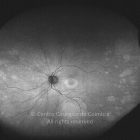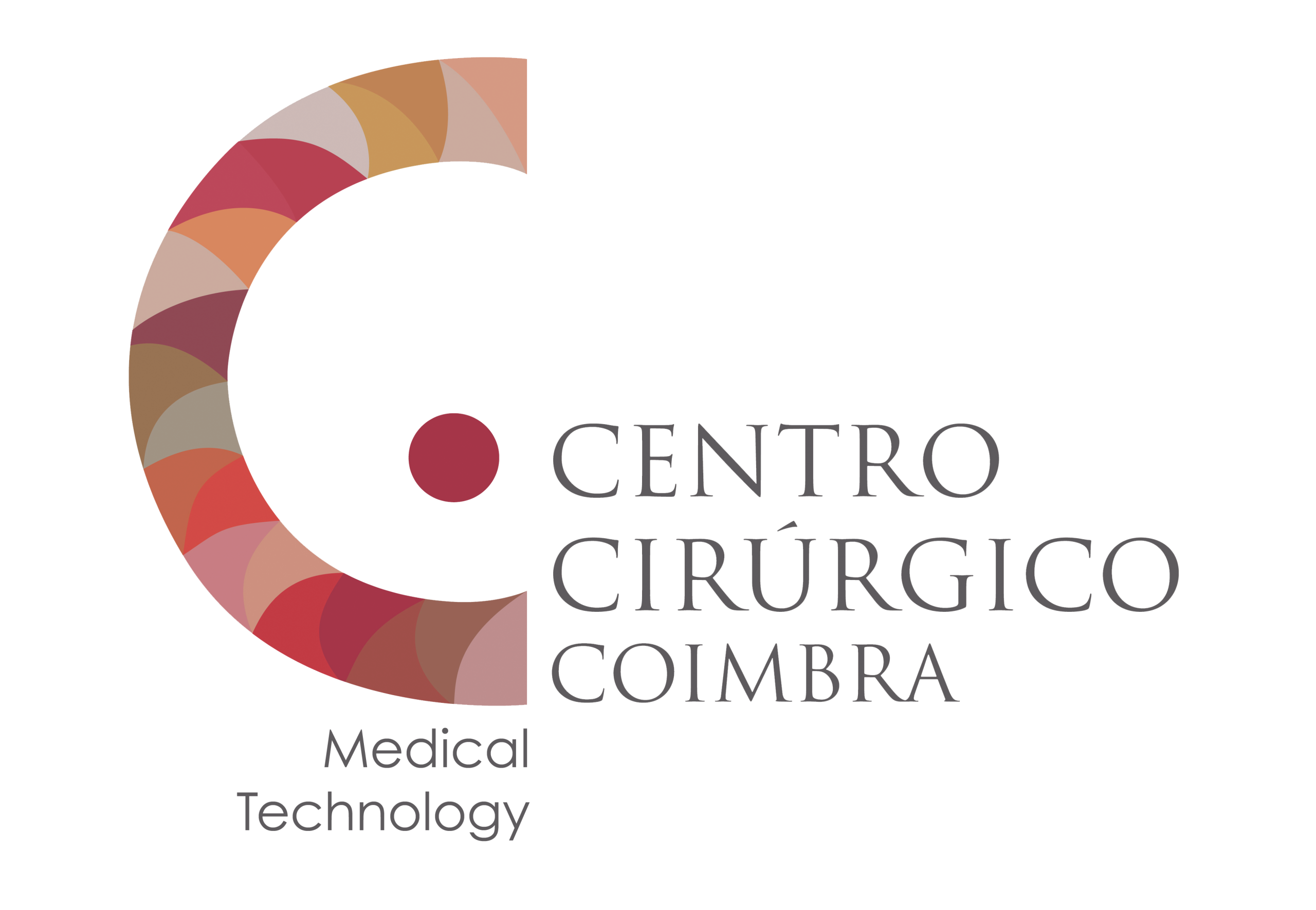A macroglobulinemia de Waldenstrom (WM) é uma doença linfoproliferativa crónica caracterizada pela presença de níveis altos de imunoglobulina M (IgM), viscosidade sérica elevada e pela presença de infiltrados linfoplasmocitários na medula óssea. As células cancerígenas nos doentes com WM são semelhantes às encontradas no mieloma múltiplo e linfoma não-Hodgkin.
Uma das complicações da WM é a síndroma de hiperviscosidade que causa alterações oculares, entre outras. A retina pode apresentar veias ligeiramente dilatadas, hemorragias, exsudatos, oclusão da veia central da retina, edema e descolamento exsudativo da retina. Os doentes podem queixar-se de visão turva e de escotomas.
A idade média de diagnóstico é 68 anos e é duas vezes mais frequente nos homens. O diagnóstico é confirmado pela análise da proteína sérica monoclonal IgM e por biópsia da medula óssea.
Diagnóstico Diferencial:
- Mieloma múltiplo
- Leucemia linfocítica crónica
- Linfoma não-Hodgkin
- Gamopatia monoclonal de significado indeterminado









